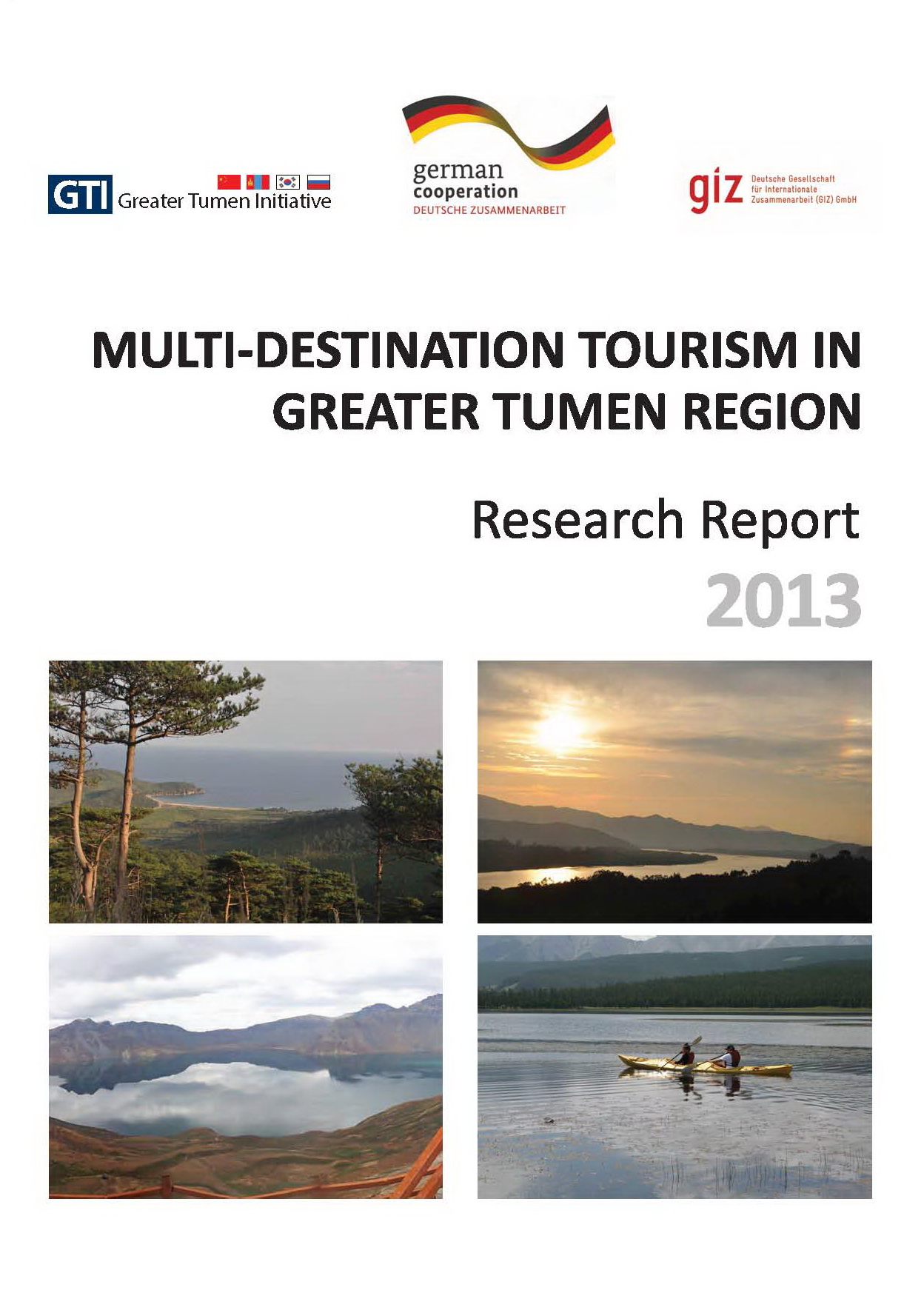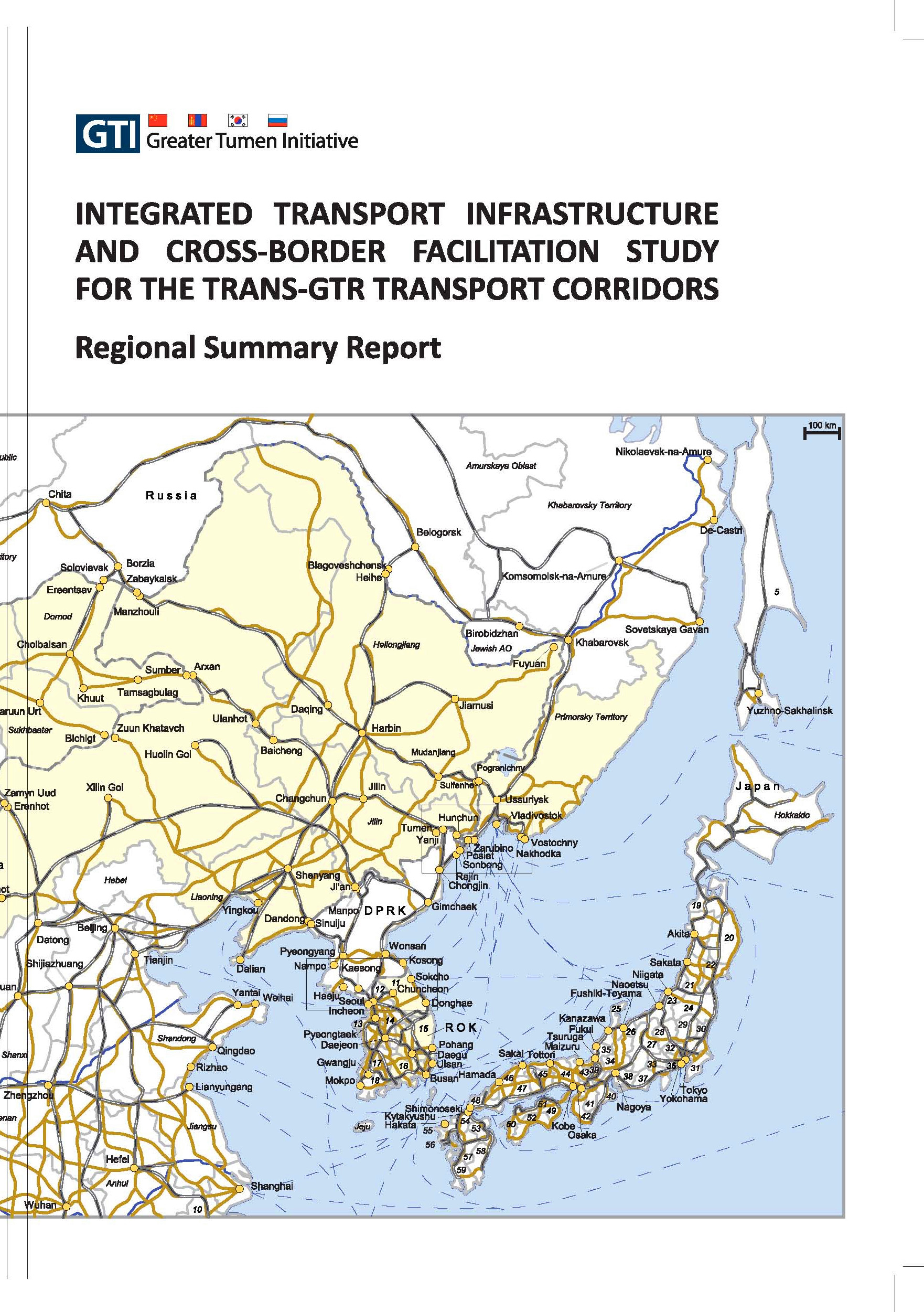-
2014 Trans-GTR Transport Corridors: Financing Infrastructure Development
Study “Trans-GTR Transport Corridors: Financing Infrastructure Development” was implemented in 2014 following the decision of the 3rd meeting of GTI TB (August, 2013). The study aims at extending the GTI Transport Corridor Study efforts by summarizing financial schemes available for member countries in the region and advising the appropriate options for the infrastructure development projects planned. The Study is the baseline for the implementation of the two policy directions of the GTI Regional Transport Strategy: second, “Support to the infrastructure improvement” and fifth “Private sector involvement”.
-
2014 Software Support to the Operationalization of Transport Corridors in the Greater Tumen Region
Study “Software Support to the Operationalization of Transport Corridors in the Greater Tumen Region” was implemented in 2014 following the decision of the 3rd meeting of GTI TB (August, 2013). In particular, it aims at analysis of the prerequisites for implementation of the Policy Direction 3 of Regional Transport Strategy: software support for the corridors functioning. The study includes analysis of the current system of international agreements between GTI member countries and recommendations on how the gaps that impedes transit and international freight and passenger flows could be filled in.
-
 March 2013 Multi-Destination Tourism in Greater Tumen Region
March 2013 Multi-Destination Tourism in Greater Tumen RegionThe objective of the report is to propose cross-border multi-destination tourism routes and GTR. Multi-Destination Tourism Project aims at enhancement of the attractiveness of the Greater Tumen Region as one whole tourism destination and at increase of region’s the market share. Moreover, the project designed to encourage mutually beneficial cooperation between the tourism companies and authorities.
-
 Feburary 2013 Integrated Transport Infrastructure & Cross-border Facilitation Study for the Trans-GTR Transport Corridors
Feburary 2013 Integrated Transport Infrastructure & Cross-border Facilitation Study for the Trans-GTR Transport CorridorsThe Study is aiming to assess general situation, bottlenecks and potential of the transport corridors in NEA. The set of Study reports consists of five individual country reports: China, Mongolia, ROK, Russia and Japan; and Regional Summary report. The Study results and conclusions served as basis for development of joint agenda in transport cooperation by GTI.

